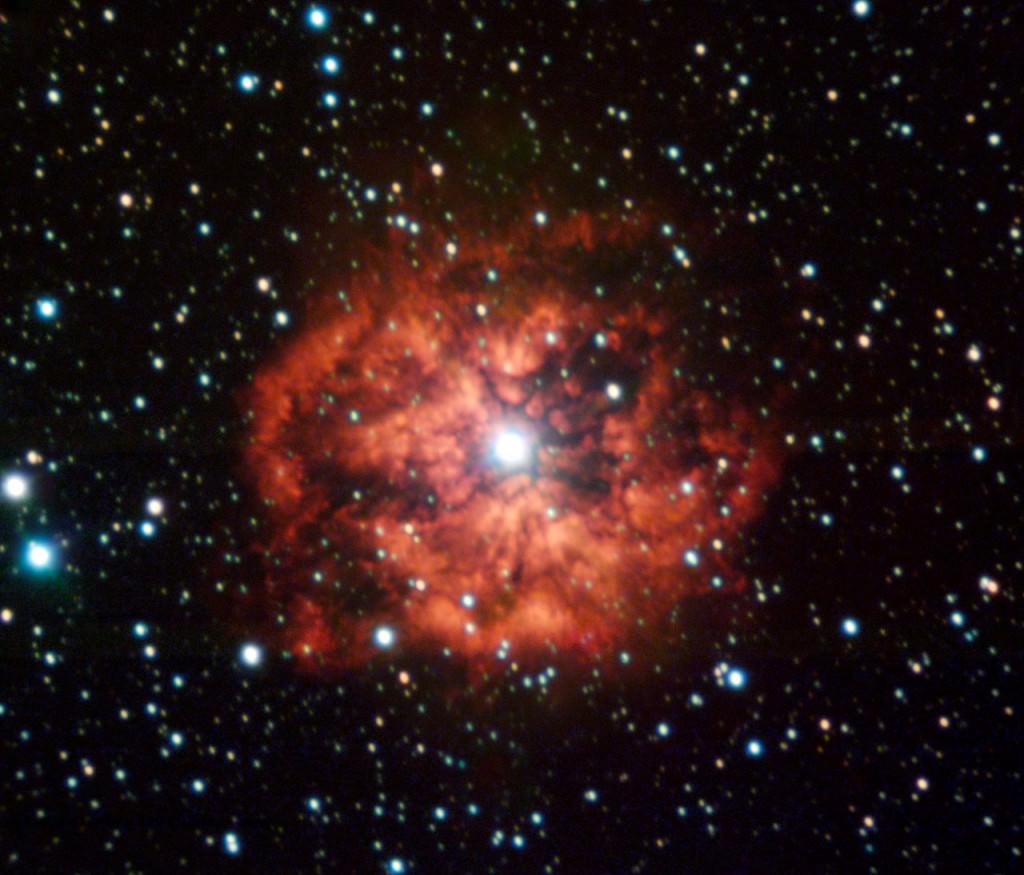Astronomy Jargon 101: Wolf-Rayet Stars

In this series we are exploring the weird and wonderful world of astronomy jargon! You should be wary of today’s topic: Wolf-Rayet stars! When giant stars die, they blow up in tremendous supernova explosions. But before doing so, they go through a very strange, but brief, cycle in their lives. Wolf-Rayet stars were discovered by the French astronomers Charles Wolf and Georges Rayet at the Paris Observatory in 1867. They found three stars that had unusually strong emission lines in the spectra, meaning elements in those stars were getting heated to extremely high temperatures. The mystery of what Wolf-Rayet stars actually were persisted for over a century. That’s partly because of how rare they are. Even today, astronomers know of only 500 of them in the Milky Way (compared to the hundreds of billions of all the stars in the galaxy). Today astronomers recognize a Wolf-Rayet star as a star that’s about to die. When big stars – at least 8-10 times the mass of the sun – approach the end of their lives, they switch from hydrogen fusion to helium fusion in their cores. Because of their extreme mass, the helium fusion releases a tremendous amount of energy. That energy causes the outer layers of the star to swell so much that they detach from the star altogether, forming a bubble-like shell of gas around the star. Eventually that shell will expand further out, creating a nebula. Indeed, many Wolf-Rayet stars are surrounded by such nebulae. But in the meantime, the shell traps a lot of the light coming from the star, which heats it up and causes the shell to glow. This is the source of the strange emission lines seen by Wolf and Rayet. Wolf-Rayet stars are some of the brightest stars in the universe, with some over a million times more luminous than the sun. But you wouldn’t see that with your eyes. They are so hot that most of their radiation is in the ultraviolet part of the electromagnetic spectrum, which is invisible to us (but you definitely wouldn’t want to get too close). The Wolf-Rayet phase doesn’t last long, less than a million years. Soon, each one of these stars will begin to form iron their cores, which will eventually lead to a supernova explosion, destroying the star altogether. So enjoy it while it lasts. The post Astronomy Jargon 101: Wolf-Rayet Stars appeared first on Universe Today.
Read original article here.
Written by: Paul M. Sutter

Facebook Comments